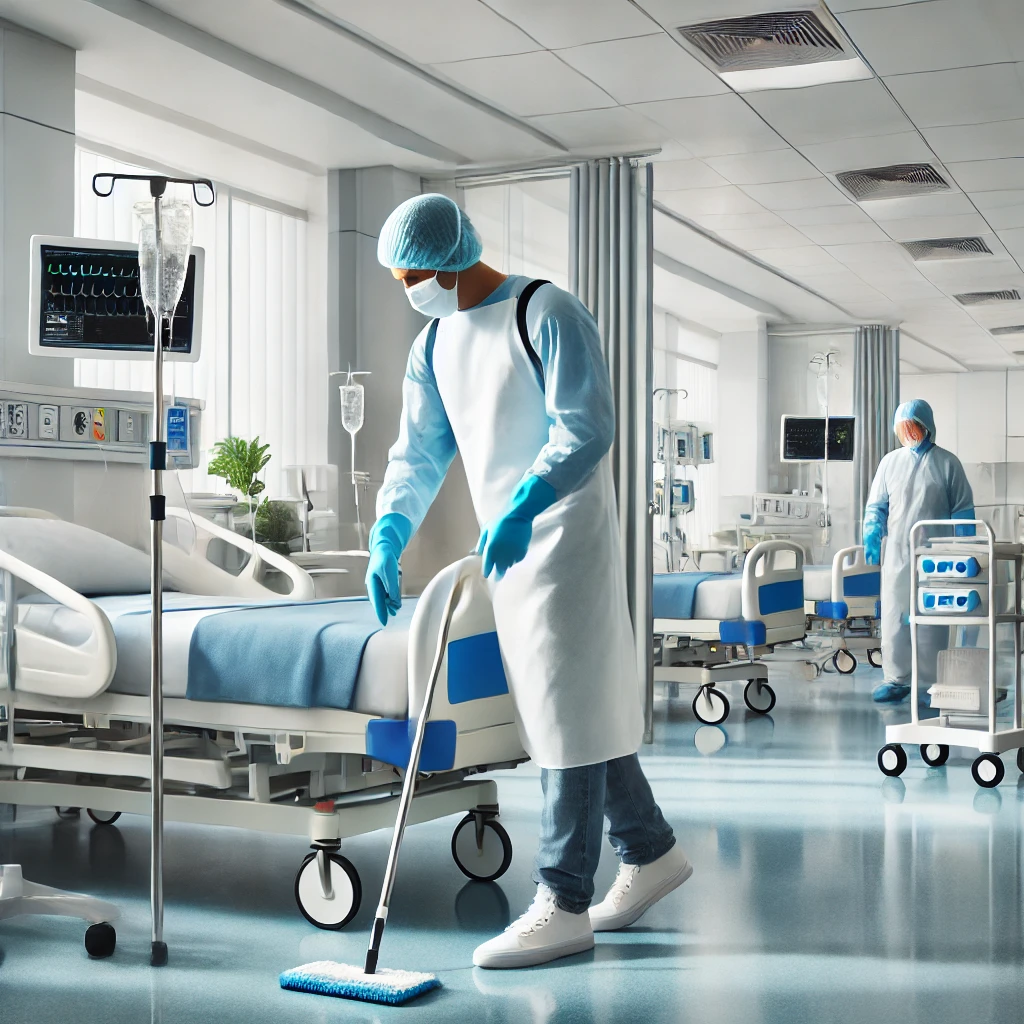Effective cleaning in medical settings is essential to ensure safety, minimise infection risks, and maintain a high standard of care. Hospitals, clinics, and other healthcare facilities require rigorous cleaning practices to maintain a sterile environment, ensuring both staff and patients remain protected. Here, we outline the key practices that can support a safe and sanitary medical environment.
1. Regular and Thorough Disinfection
Medical facilities should establish frequent disinfection routines targeting high-contact surfaces, like door handles, bed rails, and equipment controls. High-touch areas accumulate pathogens quickly and thus require routine cleaning with hospital-grade disinfectants to maintain hygiene standards. Regular disinfection helps break infection cycles and is a cornerstone of effective medical facility cleaning services.
2. Training Staff in Proper Cleaning Protocols
Training cleaning staff in medical-grade protocols is critical. This includes understanding the appropriate use of disinfectants, waste disposal methods, and personal protective equipment (PPE). Proper training also ensures staff know how to handle different areas of the facility, such as patient rooms versus surgical spaces. Experienced cleaning teams trained in infection control measures provide peace of mind that hygiene standards are upheld consistently.
3. Emphasising PPE and Safety Procedures
Cleaning teams in medical facilities must follow strict safety protocols, including the use of gloves, masks, and protective clothing. PPE prevents the spread of contaminants and protects cleaning staff from potentially hazardous exposure. Facilities must ensure a sufficient supply of PPE, and staff should be trained on how to use it correctly to safeguard against infection.
4. Using Approved Cleaning Agents
Not all cleaning products are suitable for medical environments. Medical facilities should use approved hospital-grade disinfectants that meet regulatory standards for efficacy against a wide range of pathogens. In particular, disinfectants used should be effective against common healthcare-associated infections (HAIs) like MRSA, norovirus, and Clostridium difficile. Appropriate disinfectants are vital to a safe, effective cleaning routine in any medical facility.
5. Scheduled Deep Cleaning
Apart from daily cleaning, medical facilities benefit significantly from scheduled deep cleans, where all areas receive an extensive cleaning. Deep cleaning targets areas often missed in daily cleaning routines, such as floors, ventilation systems, and less accessible surfaces. Scheduled deep cleaning ensures the facility meets high hygiene standards consistently, contributing to a healthier environment.
By following these best practices, medical facilities can maintain a clean, safe, and welcoming environment for patients and staff alike. For more information on comprehensive solutions, explore our medical facility cleaning services tailored to healthcare settings.

